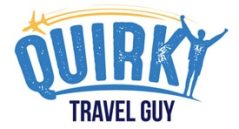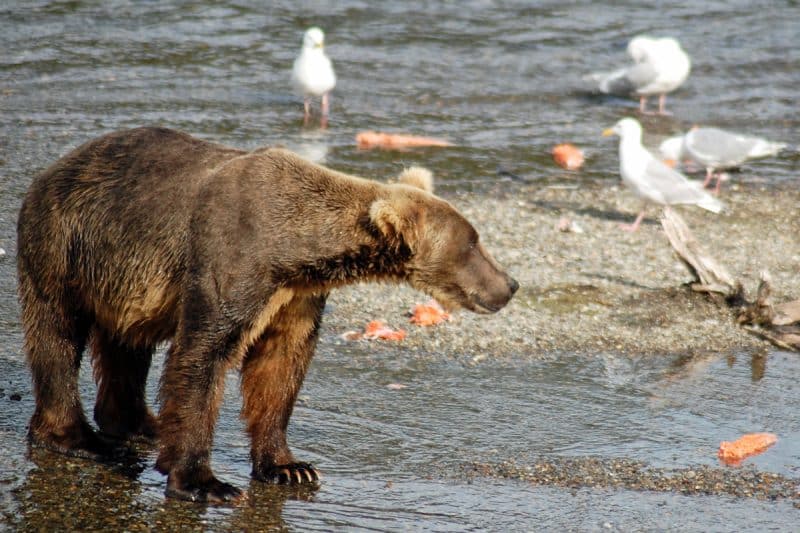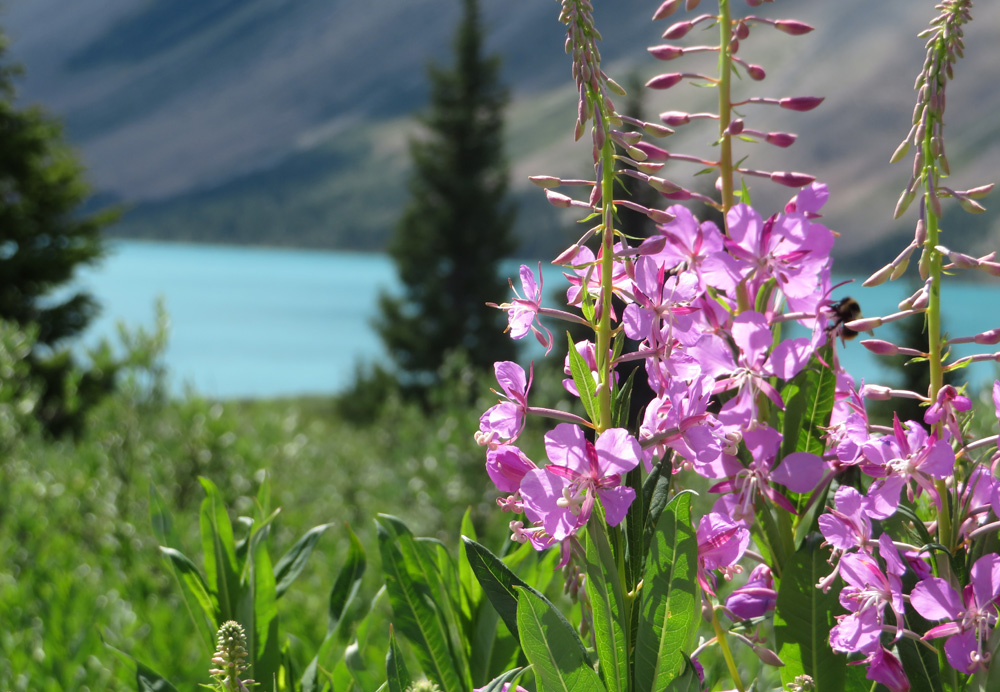
Planning a trip to Banff National Park? You’ve made a wise choice! Banff is Canada’s oldest national park, having been created in 1885, and it’s one of the country’s most awesome destinations.
To this day, Banff remains the most popular national park in Canada, attracting more than 4 million annual visitors.
Located in Alberta in the Canadian Rockies, about 75 miles (120 km) west of Calgary, Banff offers some incredible natural sights. Highlights include the bright aqua waters of Peyto Lake, the waterfalls on the Johnston Canyon hike, and the beauty of Lake Louise.
While you could easily spend a full week here, I’ve put together a guide for how to spend two days in Banff National Park, featuring some of the spots that I most enjoyed during my recent visit.
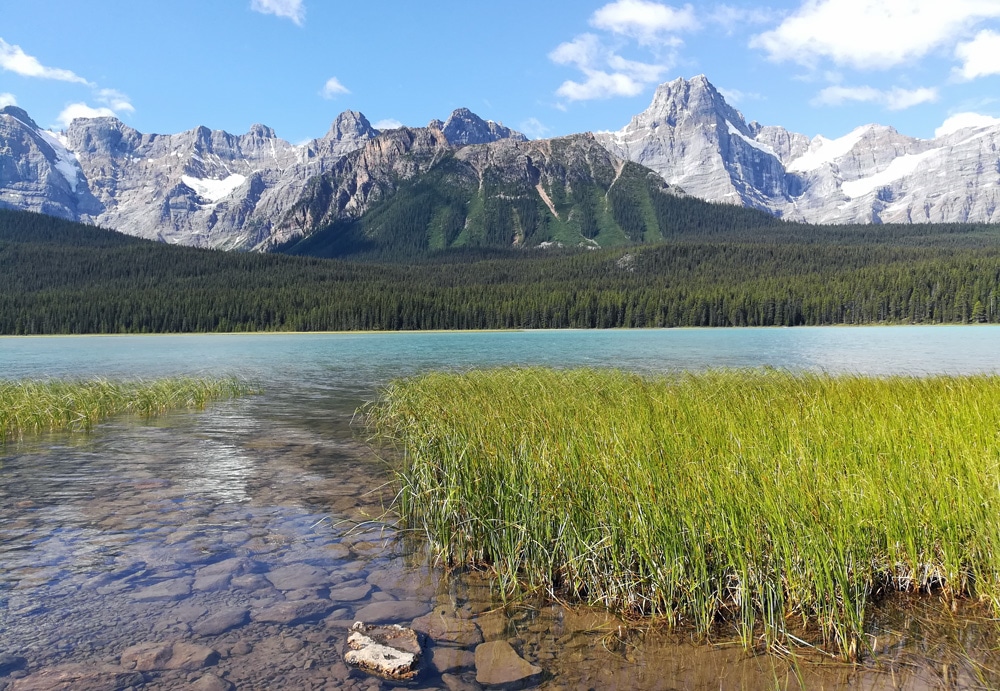
For more in-depth information, Lonely Planet has a solid guide to Banff and Jasper (Amazon link) if you want have maps right at your fingertips as you travel throughout the park.
Quick Summary: The Best 2-Day Banff Itinerary
Day 1: Lake Minnewanka Scenic Drive, Cave and Basin, Johnston Canyon, Lake Louise, Peyto Lake
Day 2: Athabasca Glacier (Jasper NP), Banff Gondola, Upper Hot Springs, evening in the town of Banff
Two Days in Banff National Park: A Suggested Itinerary
Ok, you’ve decided to give yourself 48 hours in Banff. Cool! Now you’ve got to find some fun things to do in Banff during your stay.
This guide should give you a good overview of how to get the most out of your two days in the park.

This is an ambitious itinerary, with lots packed in, but don’t stress – whatever you miss on Day 1 can be accomplished the next day!
As you plan, keep in mind that the main road through Banff is a north-south road. On Day 1, you’ll be entering the park from the south and driving to the northern end of the park. On Day 2 you’ll be retracing your steps back south.
RECOMMENDED BANFF TOURS:
If you want to take the stress out of the planning, you could always just book a guided tour, such as this Lake Louise and Icefields Parkway Tour, which takes you to many of the park’s highlights in a single day. See more Banff tours below:
Banff Itinerary Day 1
Morning: Drive into the park from Calgary. To maximize your day, arrive at Lake Minnewanka before 8 am and drive slowly around the loop road. This is a good place to see wildlife such as bighorn sheep and bears.
Next, stop at the nearby Banff NP Visitor Centre (opens 8:30 am) to get maps and information. Then head to the Cave and Basin Historic Site, which opens at 9.
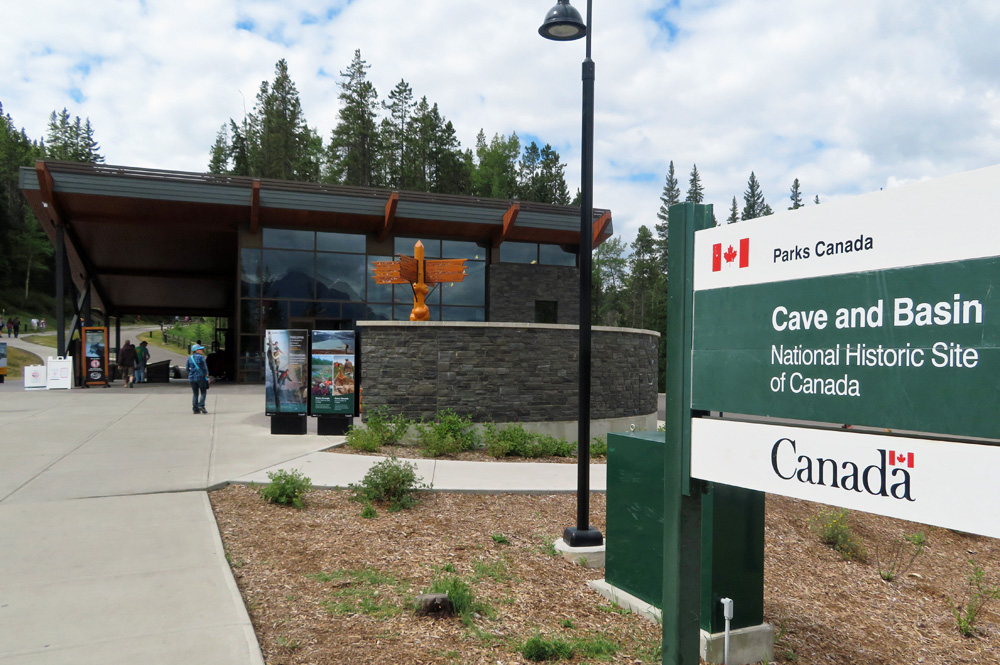
Cave and Basin is considered the birthplace of Canada’s national parks. This natural cave and hot spring area was established as a protected reserve area in 1885 that later expanded to become Banff National Park.
Here, you can walk the short Discovery Trail to visit an outdoor thermal mineral spring. And check out the spring inside the cave, which houses tiny snails who only live in these springs and nowhere else in the world.
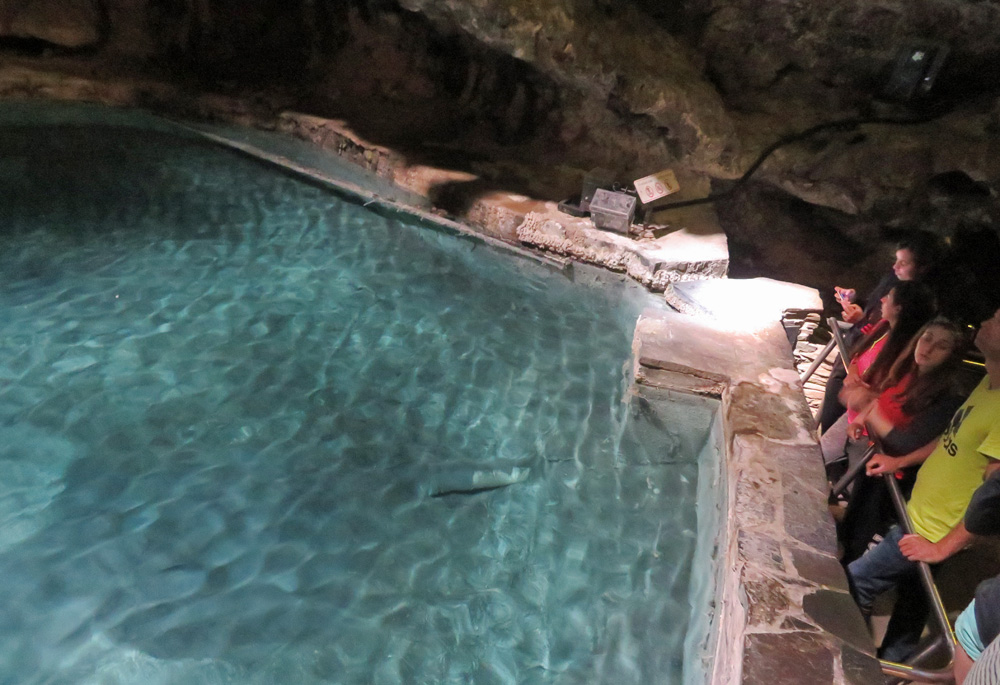
Next, you could visit Banff Upper Hot Springs and the Banff Gondola since they’re nearby, but I recommend saving those until Day 2. That way, if you run out of time, you can skip them. Better to see all the wildlife, glaciers, and scenic lakes first!
Take the 30-minute drive north to Johnston Canyon, where you can enjoy one of the park’s most popular hikes. The walk to the Lower Falls is only about 30 minutes (1.1 km), while the Upper Falls is a 2.4 km (1.5 mile) trek.
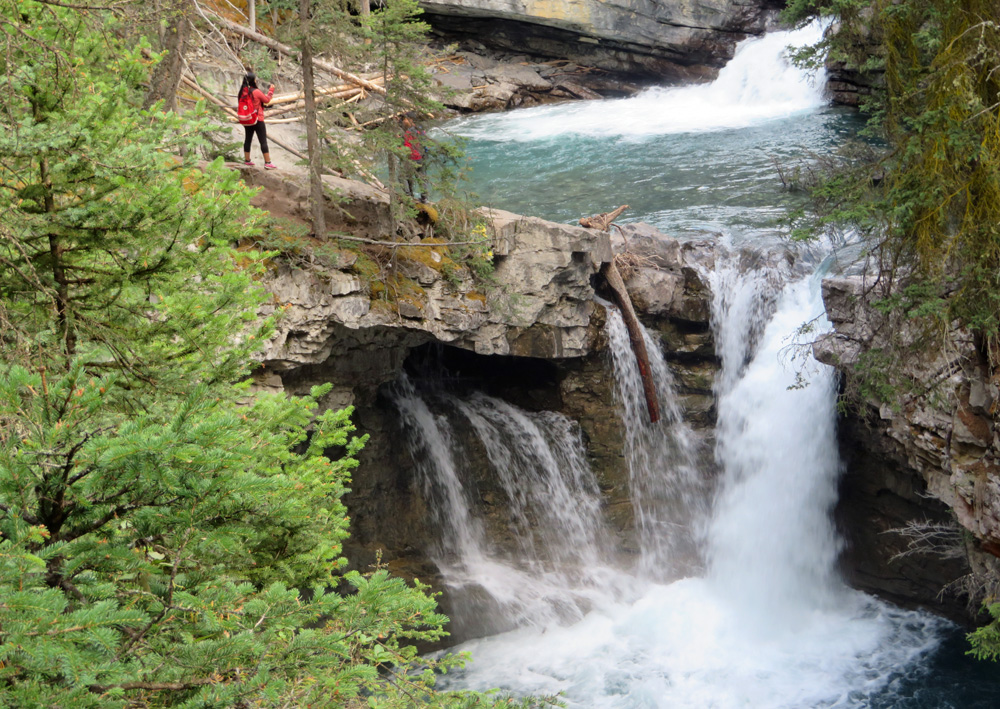
Your reward will be getting to see multiple waterfalls inside a canyon that was once remote and difficult to reach.
These days, thanks to the catwalk that takes hikers deep inside the canyon, just about anyone can experience this natural feature. Watching the rushing water at Johnston Canyon was one of my favorite parts of the visit.
Afternoon: Drive another 30 minutes north on Bow Valley Parkway and you’ll be at Lake Louise, a must-see attraction in Banff. Eat the lunch you’ve packed, or stop at one of the restaurants in the area for some post-hike carb loading.
Parking at Lake Louise can be difficult, but be patient. If the lots are full, you can always adjust your itinerary and come back here tomorrow.
After parking, enjoy the lake itself. There are so many things to do at Lake Louise. To get the full experience, hike the 2-km lakeshore trail, or rent a canoe or kayak and get out on the water.
Or consider the gondola ride that rises above the lake. Take tons of pictures, as this is one of the most photographable spots in Banff!

Evening: Ideally, you’ll want to nab a spot in one of the campgrounds (Mosquito Creek or Waterfowl Lakes) on the Icefields Parkway.
Unfortunately, those campgrounds are not reservable, so they may be full when you get there. You’re probably better off nailing down an advance reservation at one of the Lake Louise campgrounds.
If you do that, you should have time to visit Peyto Lake today. Peyto is the lake with the bright aqua color that you’ve probably seen in photos. It gets its color from the glacial silt the flows into it during the summer. Stunning!
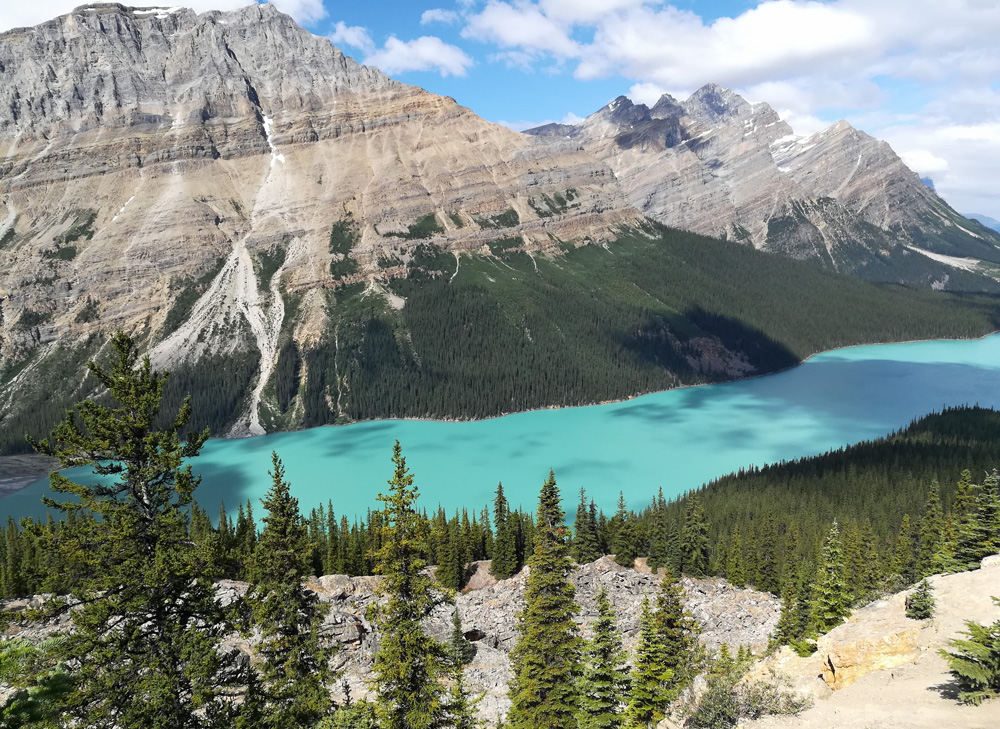
Take your Instagram-worthy selfies at the Peyto Lake overlook, and don’t miss Peyto Glacier in the distance. It has receded quite a bit in the past 100 years.
As dinner time approaches, stop at your campground and enjoy a night of fresh air in one of the coolest places in North America. Remember you’re in bear country, so take all necessary precautions to keep food and even toiletries like toothpaste locked in your vehicle, way from your tent.
Day 2 Itinerary
Morning: Head north to Athabasca Glacier. It’s technically located in Jasper National Park, but it’s just outside the Banff border so the drive isn’t too far.
You won’t want to miss this glacier, as it’s one that you can park next to and see up close. You can even book 4×4 truck rides onto the glacier itself.
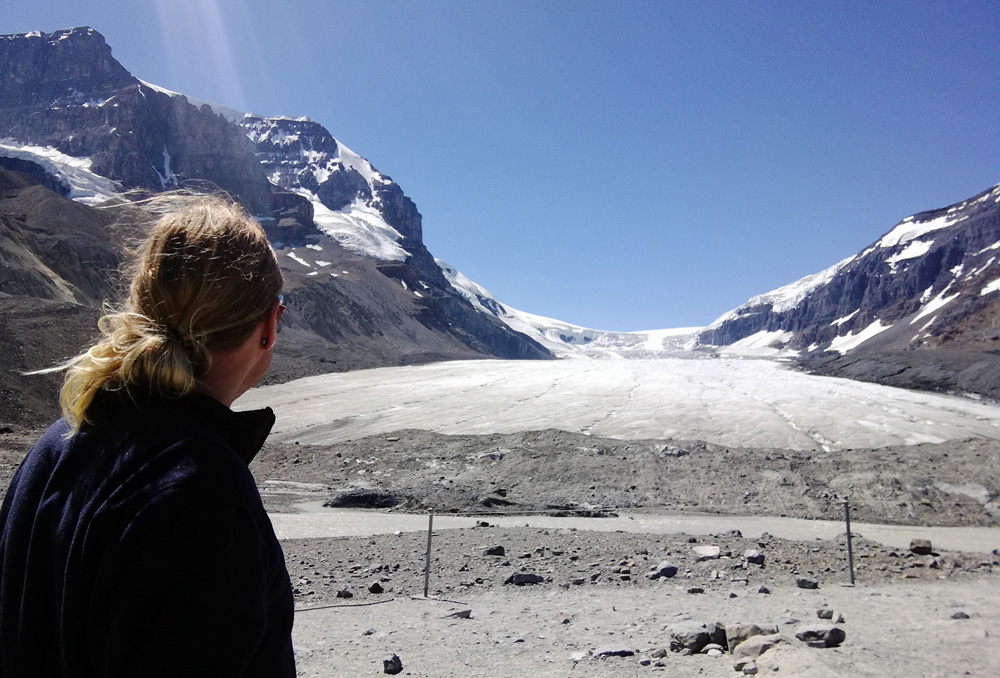
Afternoon: Swing back into Banff and begin heading south. Today you’ll be driving back out of the park the way you came in yesterday. If you missed anything from yesterday’s schedule, you have this afternoon to make up for it.
The drive from Athabasca down to the town of Banff can take about 2.5 hours – and that’s without making any stops. Along the way, take your time and soak in the sights, the sounds, and the crisp, clean air.
Keep your eyes open for moose, deer, sheep, bears, and all sorts of critters. I saw this mama bear and cub in the shrubs right next to the main road.

In late afternoon, you should make it back to the Sulphur Mountain area. Here’s your chance to ride the Banff Gondola 2300 feet to the top of Sulphur Mountain.
The gondola is quite expensive and advance purchase is recommended. As of 2024, gondola tickets start at $58 Canadian dollars per person, with prices slightly higher on high-demand days.
During peak summer season, the gondola stays open until 10:30 pm. After the 8-minute ride to the summit, you’ll find a boardwalk, walking trails, and dining options.
Evening: Just up the street from the gondola is the Upper Hot Springs attraction. Here, you can soak in natural mineral waters that range from 81 to 116 degrees depending on the season.
The Upper Hot Springs are open until 11 during the summer and the price is $17.50 CAD.
After your soak, head into the town of Banff to spend the evening. Check out one of the many great restaurants in Banff, visit a local pub, or just relax at your hotel. And reflect on your epic 48 hours in Banff National Park!
Getting There
Non-locals will typically arrive into Calgary (though you can fly into Edmonton if you’re willing to drive 4 hours.) From the heart of Calgary, it’s about one hour and 20 minutes to the Banff Welcome Centre just inside the park.
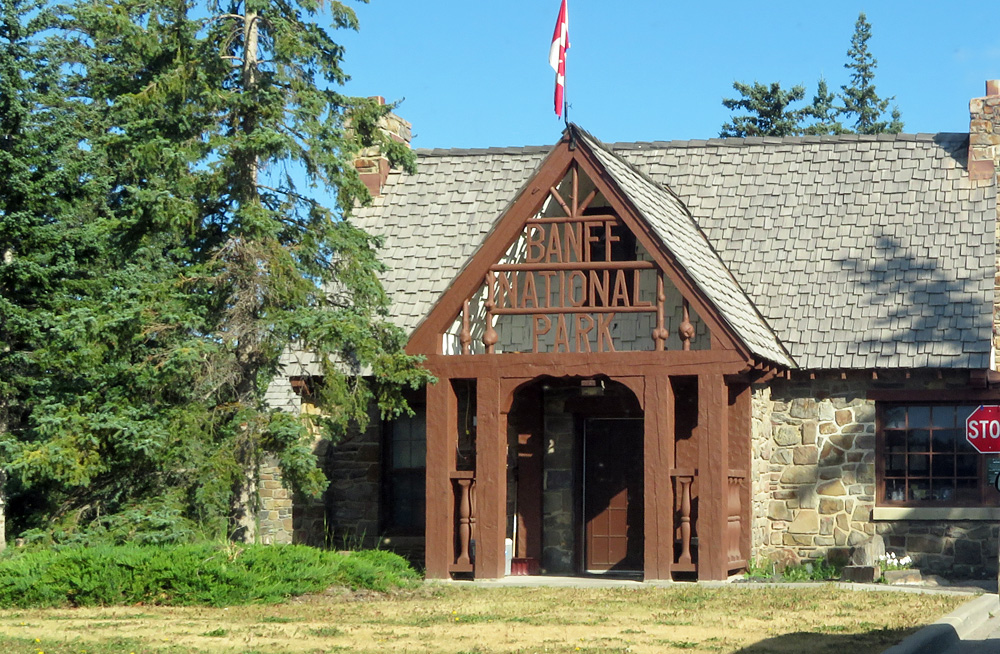
Banff is connected to Jasper National Park, which sits to the north and boasts the famous Icefields Parkway with numerous glaciers. Though this guide focuses exclusively on Banff, most visitors to the area choose to check out both parks.
Check out my in-depth guide to the best activities in Jasper National Park.
Can You Travel to Banff Without a Car?
Most visitors choose to rent a car. That will give you the most flexibility to make your own schedule. But yes, it is possible to travel to Banff National Park without a car and still see most of the awesome stuff in the town and the park.
You can arrive to Banff from Vancouver by Via Rail train, then use some of the Banff shuttles to visit attractions like Lake Louise and Johnston Canyon, while local “Roam” buses visit Sulphur Mountain and Lake Minnewanka.
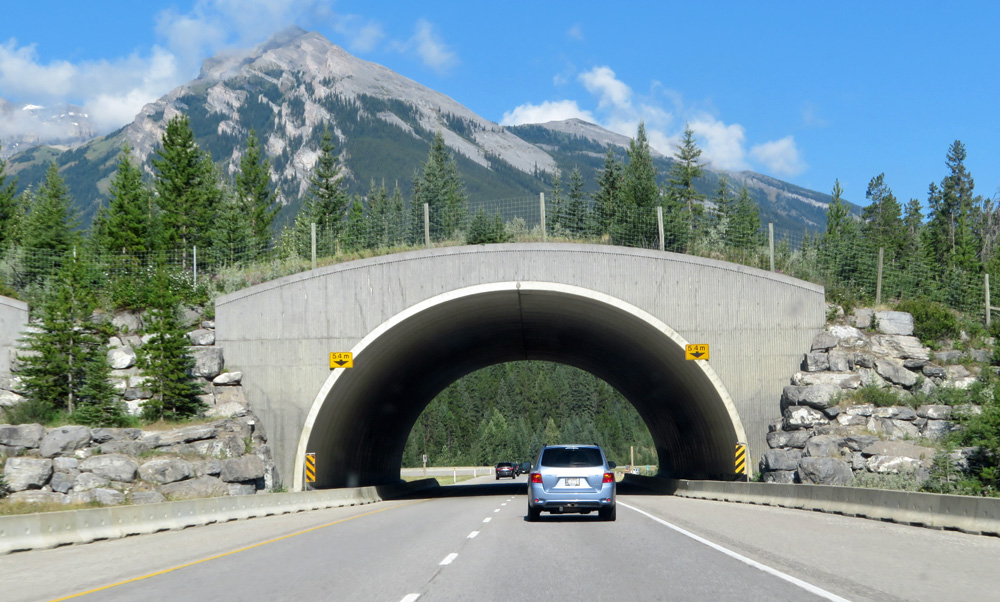
The buses stop at many of the park’s famous attractions. So if you’re looking to do Banff on a budget without a rental car, it will take some research, but you can make it happen. See this detailed guide (PDF file) to public transit in the Banff area.
Hotels & Hostels
U.S. national parks almost never have cities within them, so Americans might be surprised to learn that there is a town called Banff right in the middle of the park.
This is good news, because it means you can find hotels and hostels right in the middle of everything. The bad news is that they’re very expensive.
Even hostels such as HI Banff Alpine Centre and Banff International Hostel are costly by hostel standards, but they’re still your cheapest options.
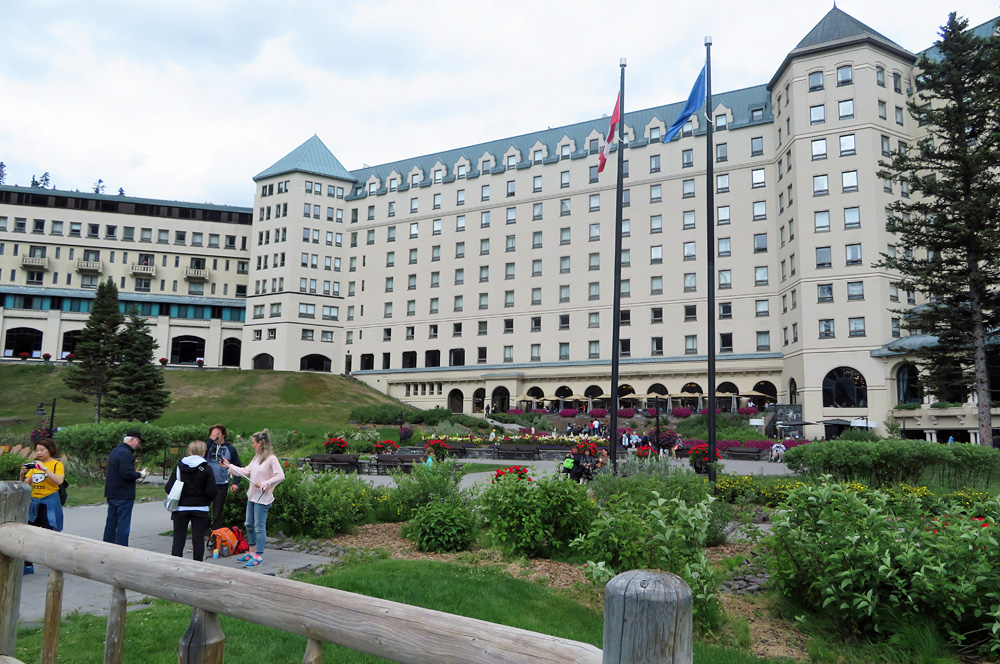
I used booking.com to reserve my bed at the Banff Hostel International, and I always recommend booking.com because they compile information from various hotel search engines to find the best deals.
You can also try Airbnb if you’re willing to drive a bit. When I visited Banff this summer, I stayed overnight in Calgary at an Airbnb for a paltry $20/night, then woke up early and drove the 80 minutes into the park.
Camping in Banff National Park
The cheapest place to sleep in Banff is at one of the park’s campgrounds, which range from roughly $16-32 CAD for a tent site as of 2024, although a couple cost as much as $40 CAD.
Banff has 14 campgrounds with a total of 2,462 sites available during peak months.
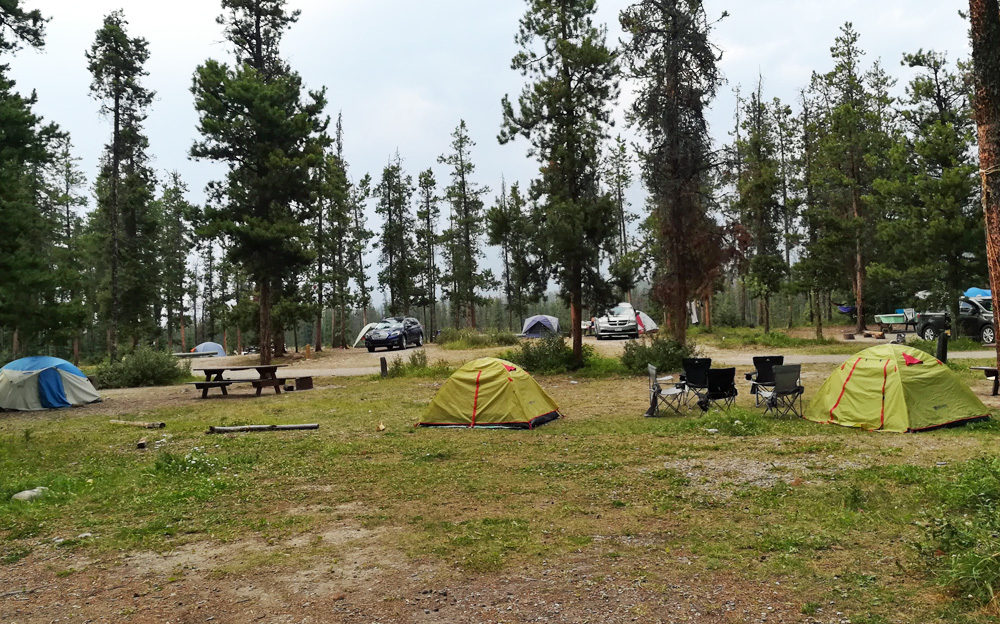
Because Banff is such a large park, you’ll want to be strategic about where you book your campgrounds.
Try to find one that fits in with your driving itinerary, so that you don’t have to go too far out of your way. Take a look at the Banff campground map as you plan.
Hiking in Banff
In a place with scenery this gorgeous, you’ll probably want to sneak in a hike or two. For those with only 48 hours to visit, I recommend the hikes mentioned previously – Johnston Canyon, and the trail around Lake Louise.
If you want to try a more strenuous hike, browse the list of hikes available in the park and select something that fits into your schedule.
Remember to dress in layers because it can get warm in the summer, but temperatures can also drop fast as you move up in elevation. And carry bear spray since you’re in grizzly territory.
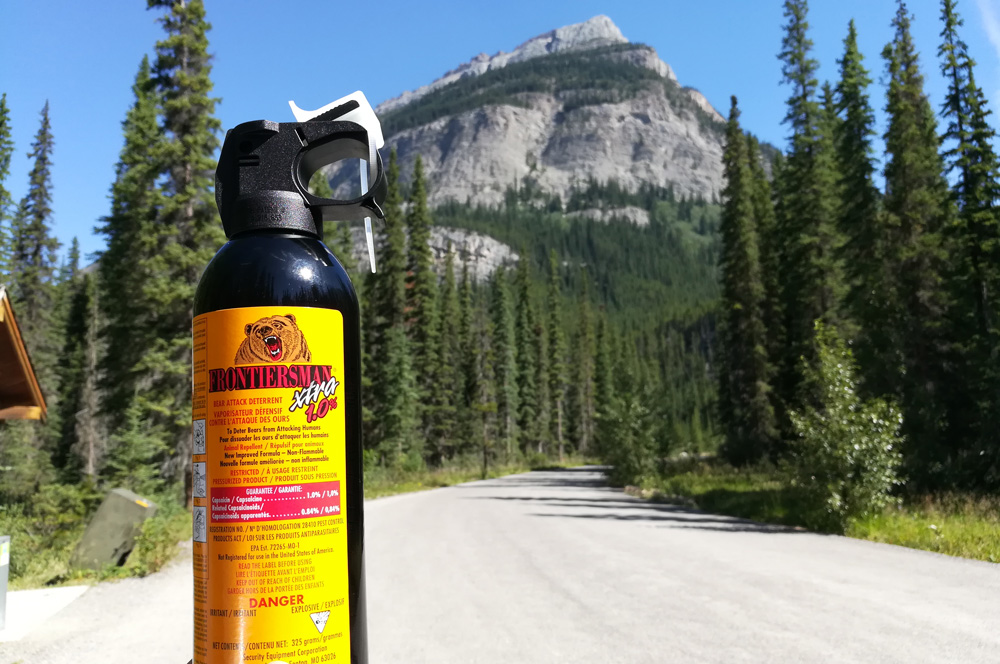
Downtown Banff
It’s worth spending some time in the town of Banff itself. The town has an interesting culture, with lots of gift shops, outdoors stores, and coffee shops. Places to eat in Banff range from fast food joints to upscale restaurants.
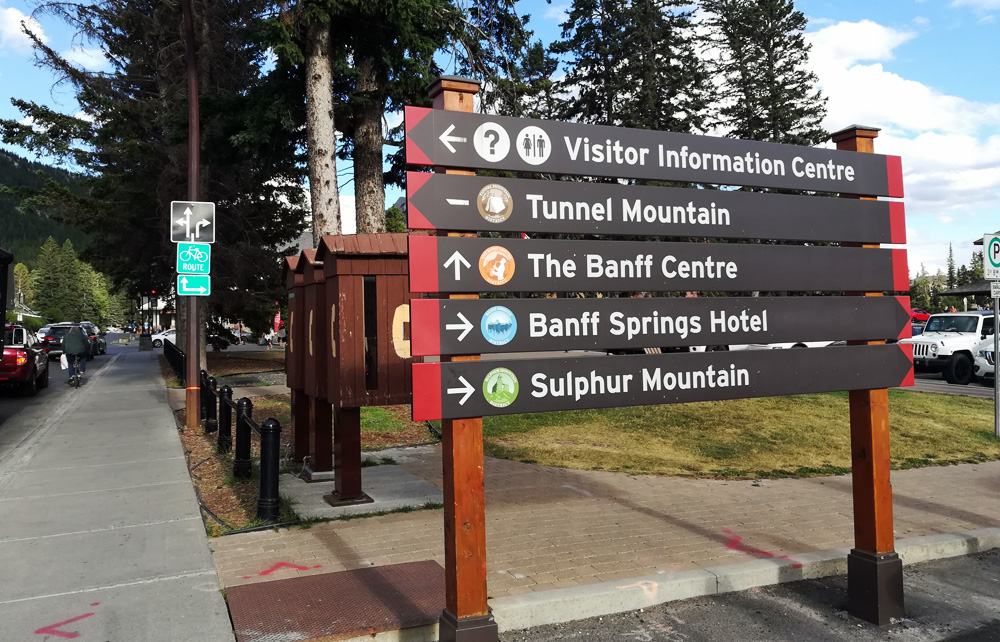
Make sure to take into account Banff weather when planning your trip. Summer temperatures reach the 70s in July and August, but Banff winter weather can stay below freezing at night all the way into May.
The best time to visit is probably August, but that’s also one of the busiest times. If you can hold off until early September, you’ll get still-decent weather and smaller crowds.
If you found this guide to two days in Banff National Park useful, please consider sharing on Facebook or Pinterest!

SEE MORE NATIONAL PARKS ARTICLES
Mile By Mile: Here’s What You’ll See on Going to the Sun Road in Glacier National Park
The Complete Isle Royale National Park Visitors Guide
Everything You Need to Know About Camping at Florida’s Remote Dry Tortugas National Park
One Day in Joshua Tree National Park: A Suggested Itinerary
Things to See and Do in Hawaii Volcanoes National Park
Do you have any other suggestions for how to spend a weekend in Banff National Park?
